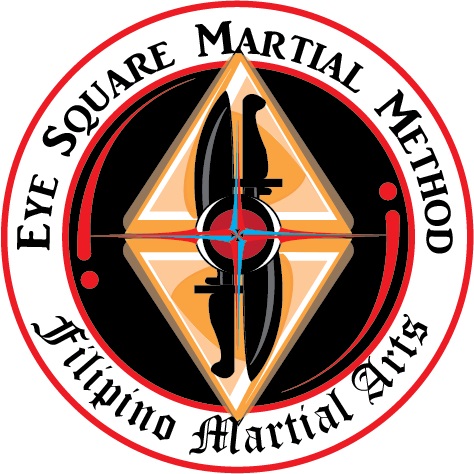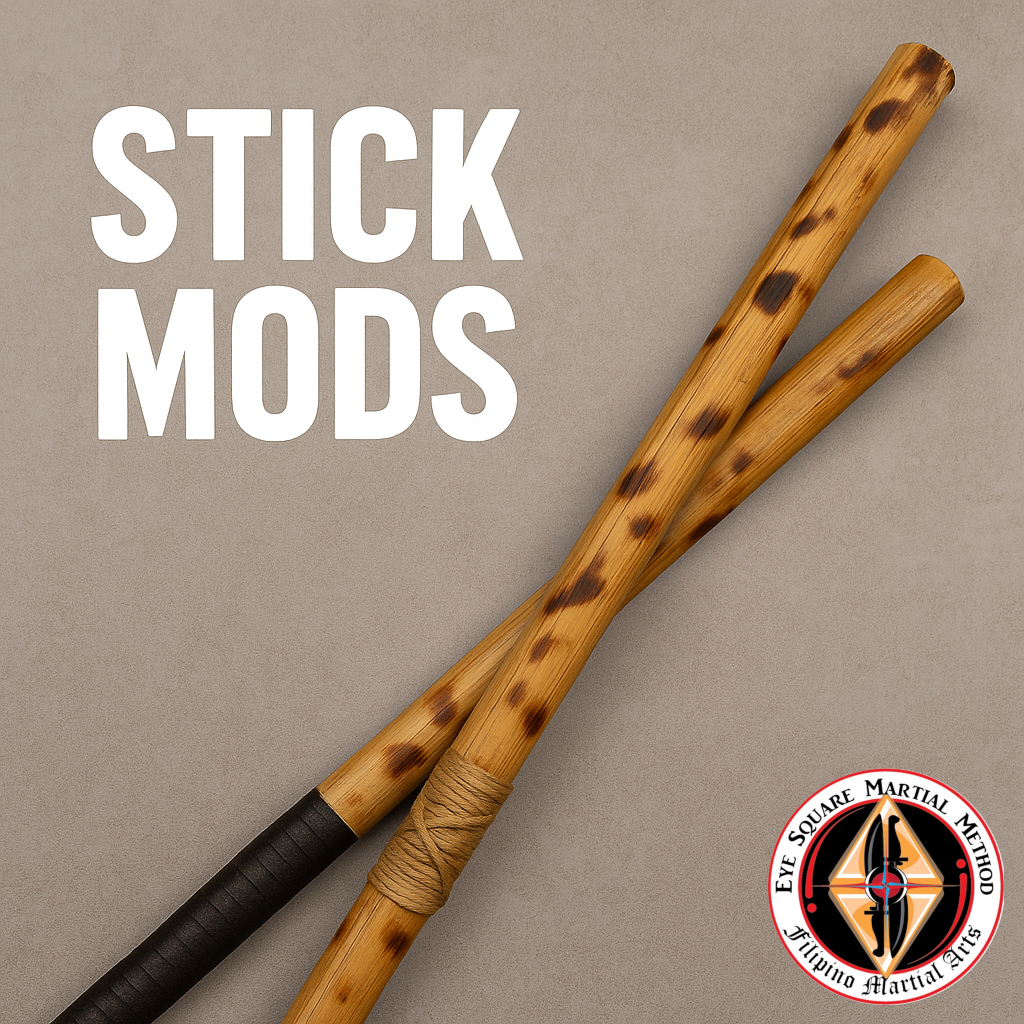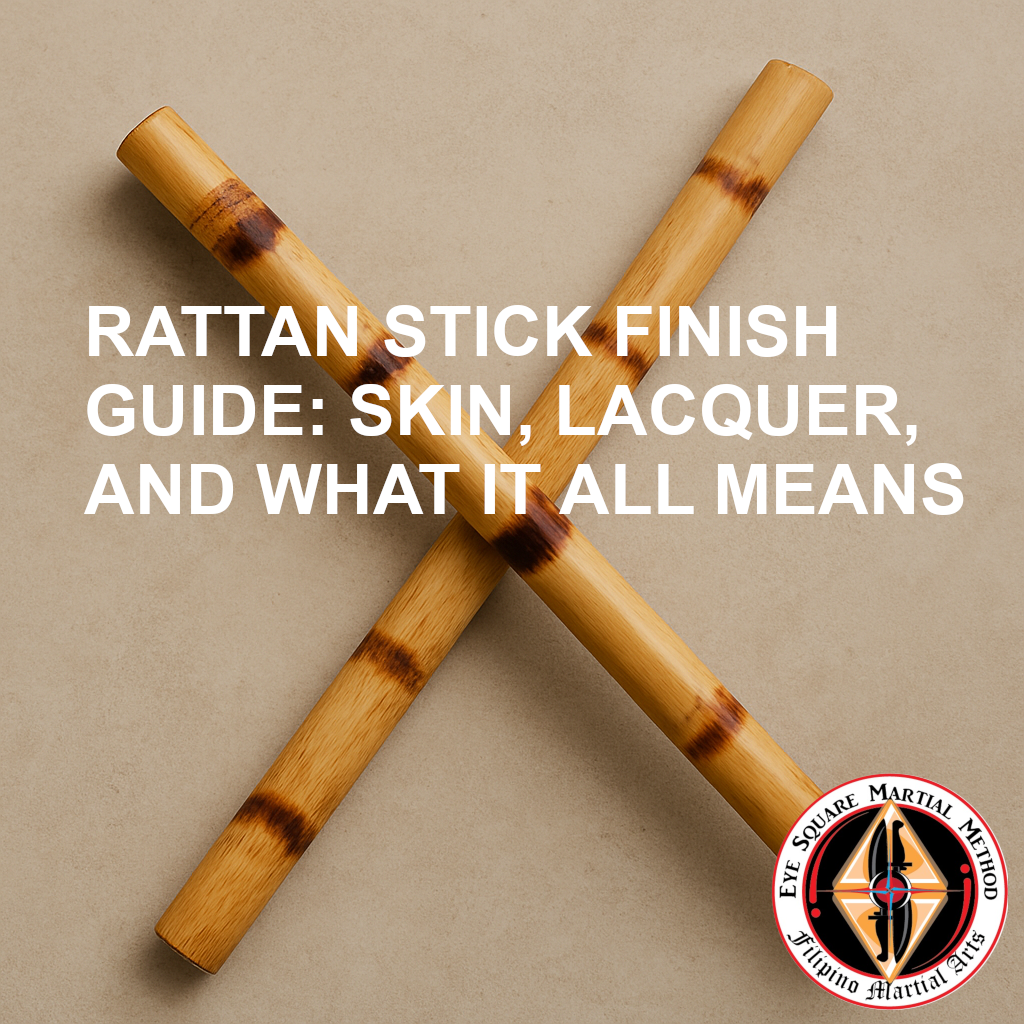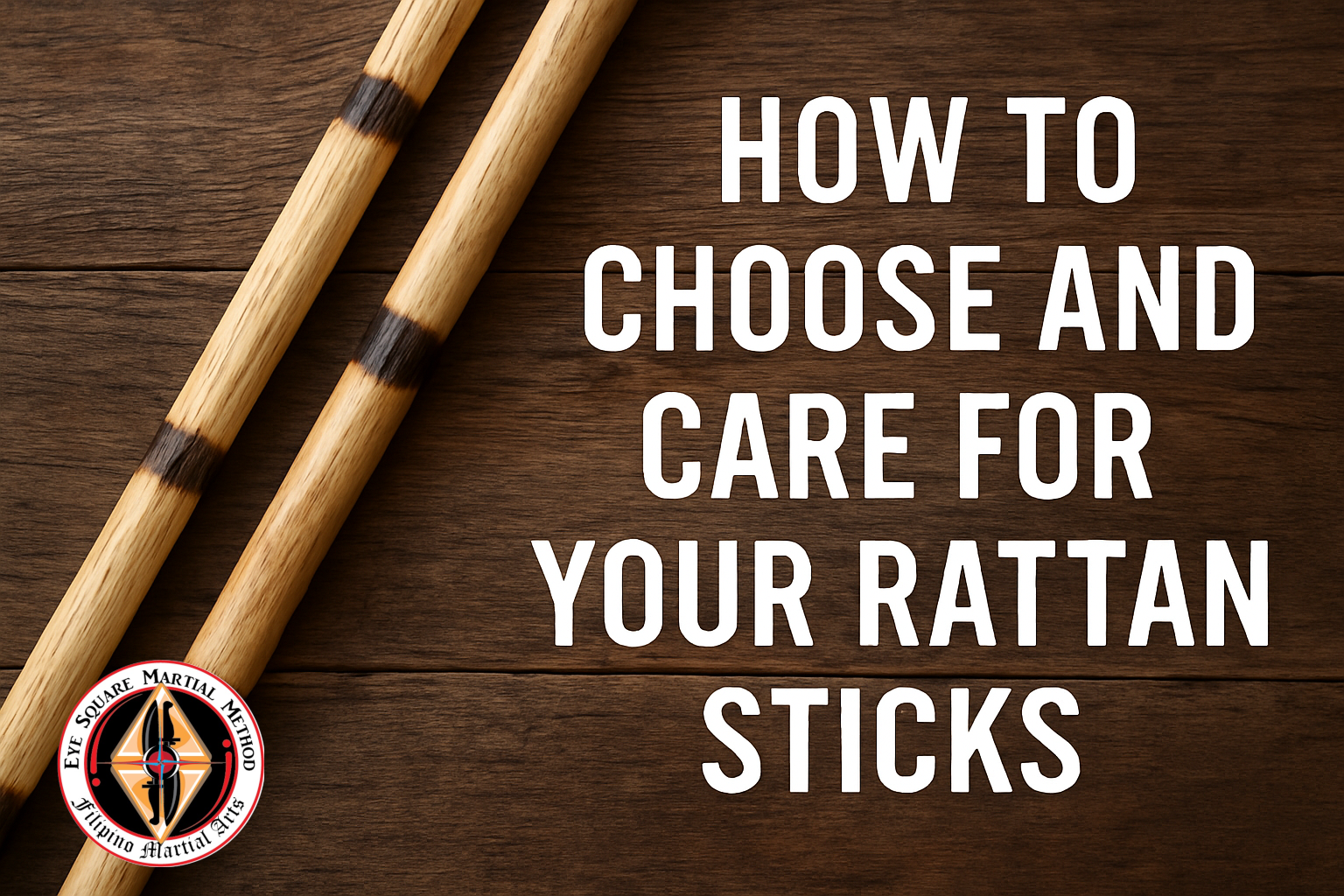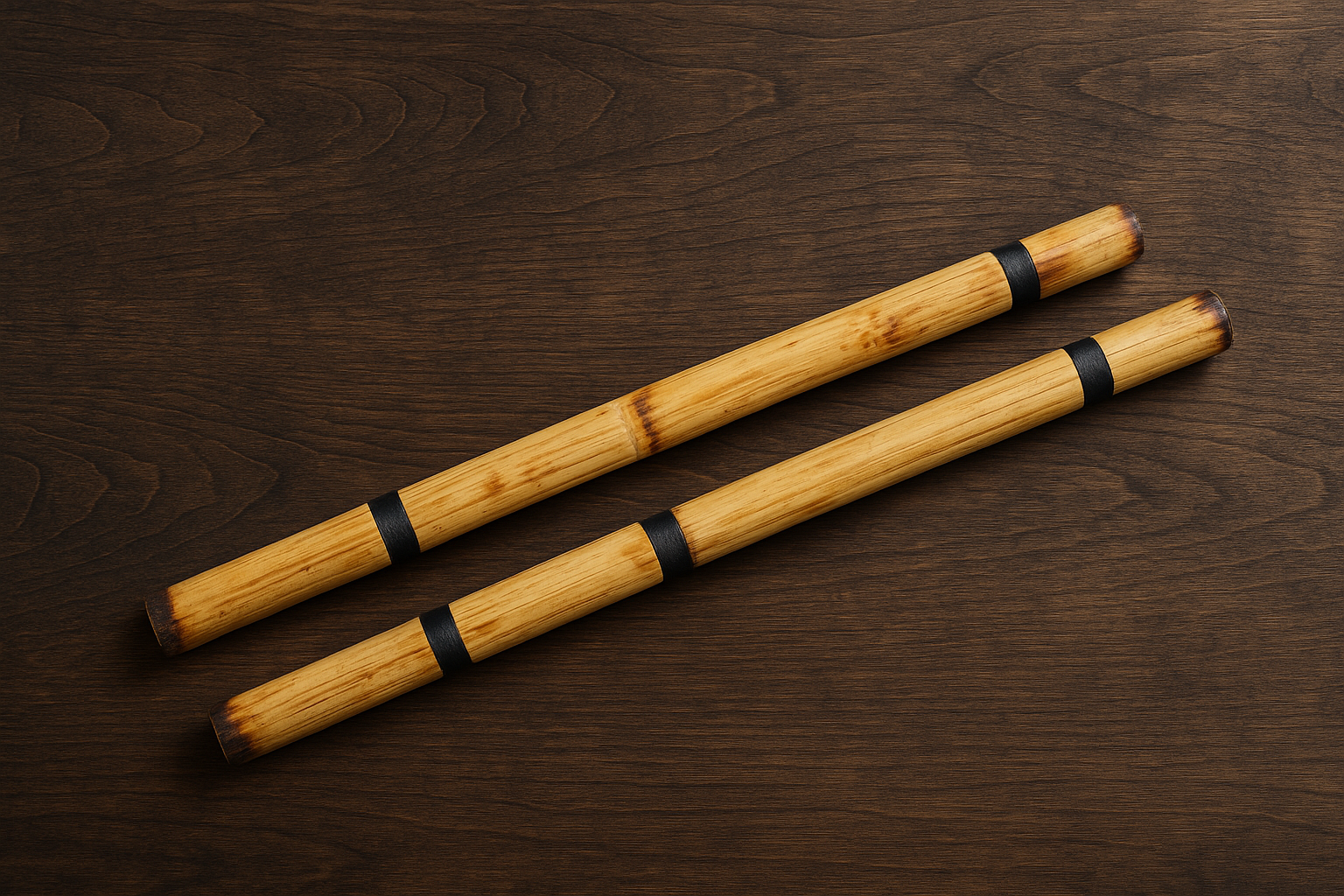You don’t need fancy gear — just a little creativity.
In Filipino Martial Arts, the rattan stick is a stand-in for a blade. It’s humble, simple, and brutally effective. But that doesn’t mean you can’t tweak it to suit your training needs.
Here are some easy and affordable ways to mod your sticks for better grip, durability, and personality.
🔹 1. Grip Tape Wraps
Add a layer of control to your strikes.
What to Use:
- Athletic tape
- Friction tape
- Hockey grip tape
- Tennis handle wrap
Why:
- Reduces slippage
- Adds slight cushioning
- Makes identification easier (especially in group classes)
💡 Pro Tip: Use white underwrap and colored overwrap to make your sticks stand out.
🔸 2. End Reinforcement
Protect the most abused part of your weapon — the tips.
What to Use:
- Athletic or duct tape
- Rubber caps or trimmed chair feet
- Paracord or jute string
Why:
- Prevent fraying and splitting
- Extend stick life (especially on hard surfaces)
🔹 3. Custom Burn Patterns
Add both style and grip texture.
What to Use:
- Torch or soldering iron
- Ruler and pencil for layout
Why:
- Adds visual personality
- Increases friction for grip
- Honors traditional designs in FMA
🔥 Go slow. Work in a well-ventilated area.
🔸 4. Weighted Inserts (Advanced)
Want to simulate a heavier weapon like a bolo or barong?
What to Use:
- Drill out the butt end slightly
- Add small metal weights or BBs
- Seal with wood glue or epoxy
Why:
- Increases hand strength
- Trains blade momentum for transitions
- Not for sparring — strictly flow drills or shadow work
🔹 5. Color Coding & Pair Matching
Mark pairs for double-stick work or differentiate left/right.
What to Use:
- Colored tape bands
- Paint pens
- Burned initials or symbols
Why:
- Faster pairing in class
- Easier to distinguish your sticks
- Fun personalization
🧠 Final Thought: Your Stick, Your Tool
Modding your stick doesn’t make it “better” — it makes it yours.
Just like your movement evolves, so should the tools you train with.
So don’t be afraid to:
- Burn it
- Wrap it
- Tape it
- Balance it
Make it an extension of your training mindset.
🥋 Want Help In-Person?
We do stick mod nights and hands-on training at Eye Square Martial Arts.
Bring your gear — or start fresh with one of our field-ready sticks.
Cultural Preservation… with Bruises.
